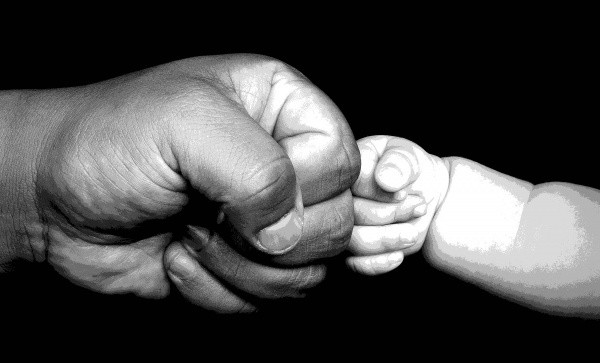Dr. Calvin H. Inalsingh
M.B.,Ch.B University of Aberdeen
Dip. Sports Medicine
The tremendous demands to be countenanced and endured by a boxer while engaging his opponent in a pugilistic encounter requires excellent physical fitness and stamina, and this partly accounts for running being embraced by boxers to amply prepare them for their big moment in this high profile sport.
Running is indeed the easiest way to gain aerobic fitness and you will need to be in excellent condition to effectively survive /manage 12 rounds of boxing.
Running provides the positive benefit of increasing the rate of the heart beat and in so doing improves the conditions of the heart and circulatory system. With an on-going program of running for 2-3 hours a day for 5 times a week, adaptation will take place thus increasing one’s aerobic capacity. When you increase your aerobic capacity, you will come to the end of a day, if you are a sedentary worker, or at the end of 12 rounds of boxing, with a little reserve energy and not have the feeling of being burnt out.
With aerobic training, the cardio-pulmonary system is developed by stressing the body to adapt to conditions whereby oxygen is used as the fuel for energy output. This training can take the form of running at an easy pace so that the pulse rate does not exceed a rate of about 150 beats per minute. The training effect of this exercise on the cardio-pulmonary system is accomplished only if the exercise is carried out for a period of not less than sixty (60) minutes and on a daily basis. The greater the time spent on this exercise, the greater will be the improvement in the cardio-pulmonary system.
In the testing for fitness of a boxer, the maximum oxygen consumption per unit time per body weight can be determined. This is a test that is performed in a laboratory to assess the maximum oxygen uptake (Vo2) and this is an excellent procedure to measure aerobic fitness. But you can well imagine that it is also rather costly. So the boxer is well advised to run to the extent that will improve his aerobic fitness and endurance even if it means doing a little too much running. A boxer must not take the chance of being below his full capacity of fitness when he enters the ring since the object in boxing is to render one’s opponent unconscious.
In other sports, if you are not very fit, you can slow down during the game, recover, and then continue as if nothing has happened. In boxing you need to be extremely fit and when you are extremely fit then you will recover quickly during the one minute interval between rounds. If you become tired in boxing, your life would be in danger of being knocked out.
Running can also improve anaerobic fitness. A short burst of speed running will increase the lactic acid in the blood. If the boxer repeats this speed running at intervals, then the body adapts to the high level of lactic acid and also it will be trained to eliminate the lactic acid efficiently. This speed running can be done during the aerobic run. It is also advisable for the boxer to run sideways and backwards in order to train the various muscle groups which are used in attacking and defending in the ring.
The terrain for running could be varied, but since road running is easily accessible, most boxers run on the road. There is no difference in running for the different weight categories of boxers.
Running, most definitely, is also used by boxers to lose weight and burn fat. However, care has to be exercised by the boxer to ensure that weight loss does not take place too rapidly particularly with the close onset of the fight.
Dr. Calvin Inalsingh
Chairman,
World Boxing Association Medical Advisory Committee














